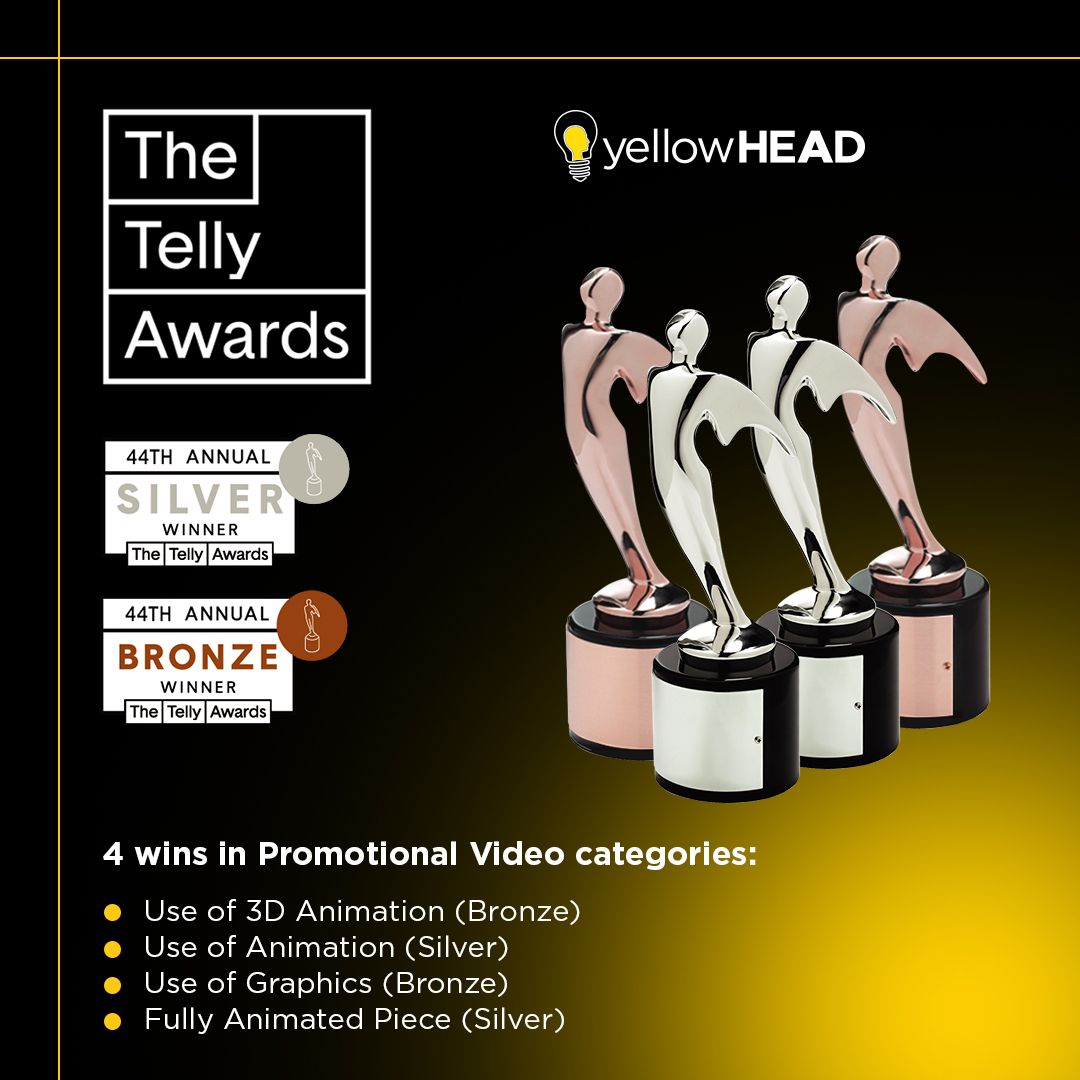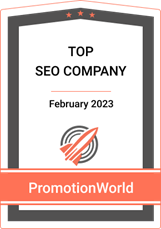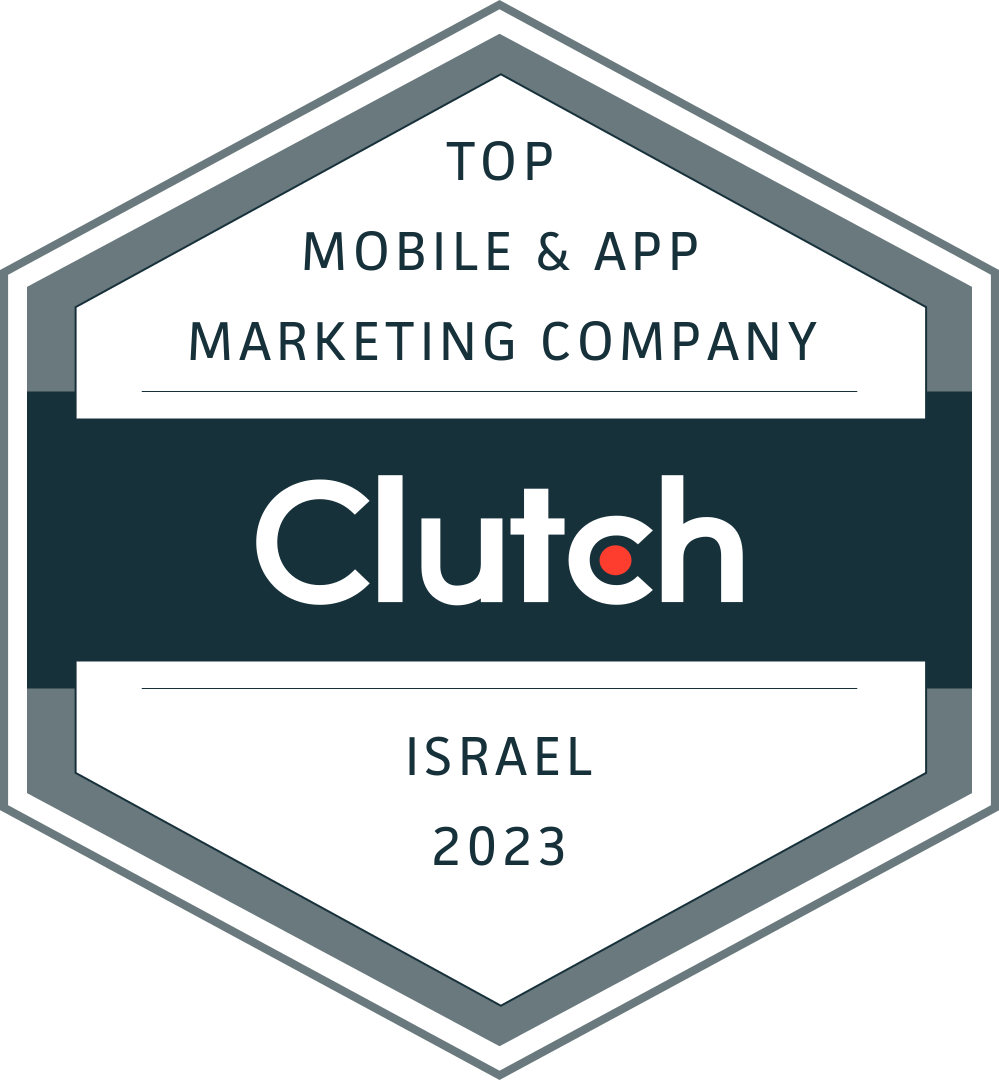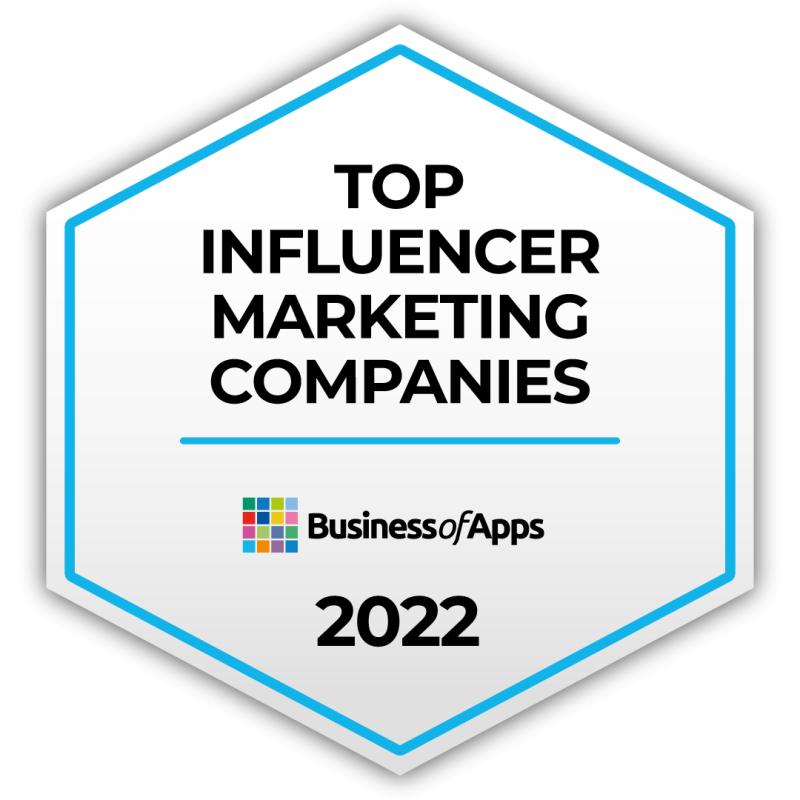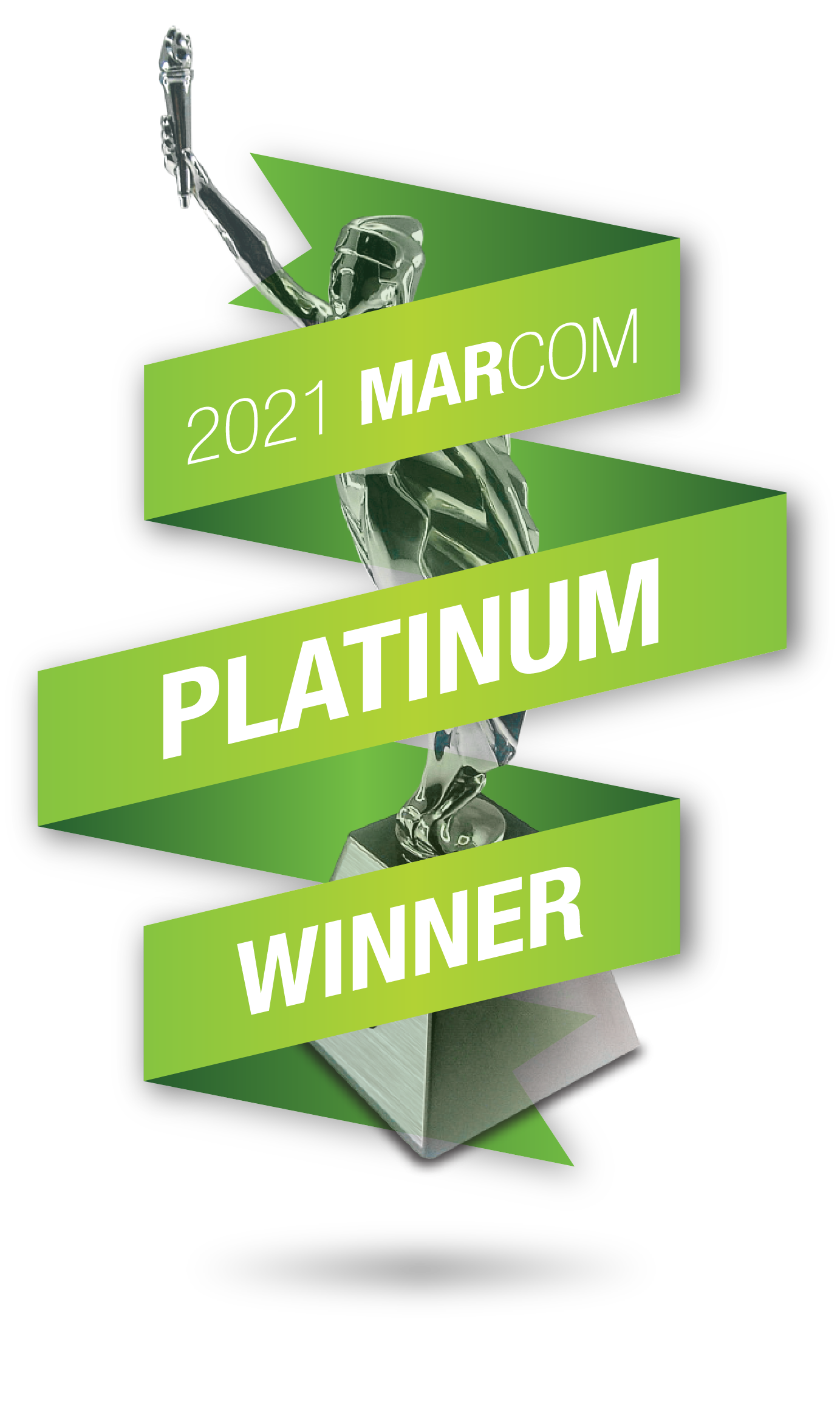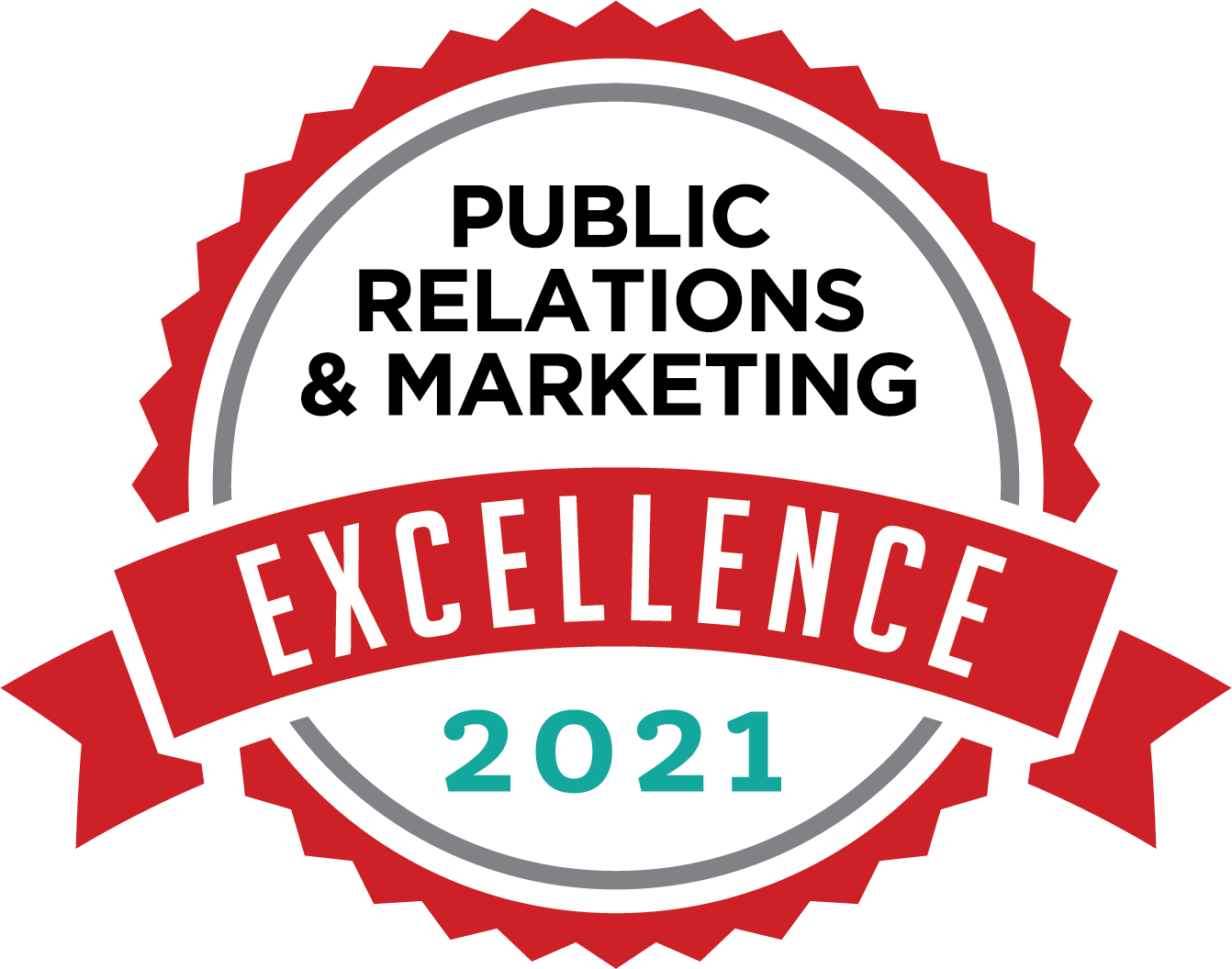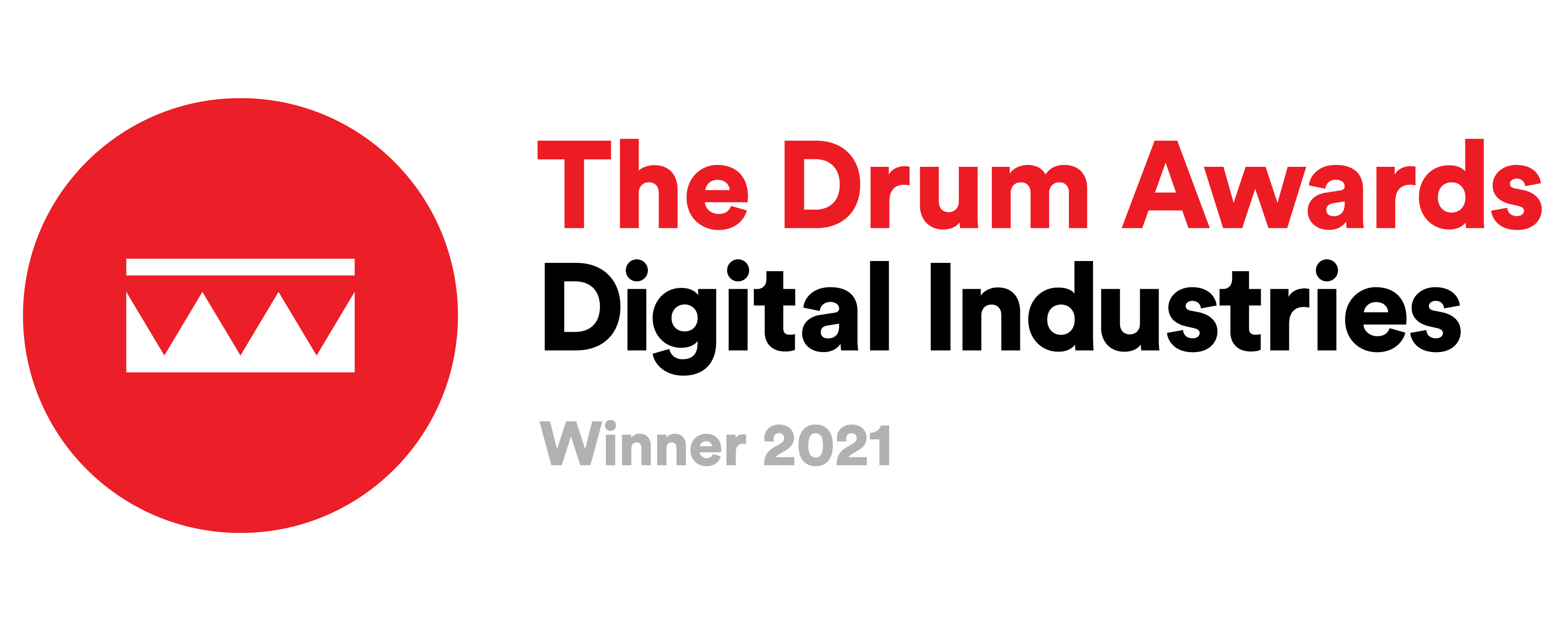On-Page SEO: The Ultimate Checklist for Ranking Smarter

Let’s not overcomplicate it. If you want your pages to show up when people search, you need on-page SEO. It’s the backbone of search visibility, and it’s entirely in your control.
In this guide, we’ll walk you through what on-page SEO is, why it still matters (big time), and how to nail every key ranking factor without getting stuck in past tactics. You’ll also get a free downloadable on-page SEO checklist template to use or share with your team.
What is On-Page SEO?
On-page SEO refers to all the elements you can optimize directly on a webpage to improve its visibility in search engines. This includes content, code, and structure. Basically, anything on the page itself.
It covers:
- Keywords and search intent
- Title and meta tags
- Headers and content hierarchy
- Internal links
- URL structure
- Images and media optimization
- Page speed and mobile usability
It’s different from off-page SEO, which focuses on external signals like backlinks, domain authority, or social shares.
Together, they form the core of SEO success. But on-page is what you control 100%.
What makes On-Page SEO a non-negotiable for visibility
You can create the most insightful, beautifully written content in your industry, but if search engines can’t understand it, or if users can’t easily consume it, it might as well not exist. That’s where on-page SEO comes in.
Why is on-page SEO important?
Because it tells search engines exactly what your page is about, how it’s structured, and why it’s the best answer for a user’s query.
When implemented properly, on-page SEO helps both humans and algorithms engage with your content more effectively. Here’s what that means in action:
- Improved rankings for relevant keywords and long-tail phrases
- Higher click-through rates (CTR) from search results, thanks to compelling titles and meta descriptions
- Lower bounce rates and longer dwell time, because your content is easier to read, navigate, and understand
- Better crawlability and indexation, which means your pages show up faster and more reliably in search results
- Eligibility for rich results and featured snippets, thanks to structured data and clear hierarchy
And in today’s mobile-first, intent-driven search landscape, clarity and relevance aren’t just perks—they’re required.
Is On-Page SEO a ranking factor?
Yes. On-Page SEO is a direct ranking factor.
Google’s own documentation states that it evaluates pages based on the quality and relevance of content, proper use of keywords, HTML elements like headings and title tags, and how content aligns with searcher intent:
Industry leaders support this too:
- Moz includes on-page elements like keyword usage, title tags, and internal links as core components of its Search Engine Ranking Factors
- Search Engine Journal confirms that on-page SEO elements directly influence rankings, especially when aligned with user intent and semantic relevance
- Backlinko emphasizes in their 2025 guide that on-page factors like content depth, headers, internal linking, and keyword frequency all still matter for SEO performance
Bottom line: On-page SEO isn’t optional, it’s foundational. You’re not just optimizing for Google; you’re building pages that actually work for your audience. And that’s what search engines reward.
On-Page SEO Checklist
Use this checklist to guide every page you publish or update this year.
1. Keyword Strategy & Search Intent
Keywords still matter, but how you use them matters more. Keyword research isn’t just a technical task, it’s the strategic backbone of any high-performing content. When done right, it connects what your audience is actively searching for with the exact value your page delivers.
“The most basic signal that information is relevant is when content contains the same keywords as your search query.”
Steps:
- Identify one primary keyword and 2–4 related secondary keywords
- Use Google Search Console to discover real search terms people use to find your content
- Choose terms with high relevance and reasonable competition
- Align each keyword with search intent (informational, transactional, navigational)
- Use additional tools like Answer The Public, Ahrefs, Ubersuggest, or Moz to validate volume and competition
source: answer the public
yellowHEAD Tip: Don’t chase volume, chase intent. A 1,200-search/month keyword that perfectly matches your service will convert better than a 10k one that barely relates.
2. SEO-Optimized Title Tag
The title tag is still one of the most important on-page SEO signals, and it’s often your first (and only) shot at making users click. It appears prominently in search results, social shares, and browser tabs, so getting it right is non-negotiable.
A well-optimized title not only signals what your page is about, it also supports click-through rates and reinforces intent. As a core element of your SEO meta tag strategy, the title tag plays a critical role in helping both users and search engines understand your page.
Best Practices:
- Place your primary keyword near the beginning
- Use power words or numbers to make it stand out
- Keep under 60 characters to avoid truncation
- Match searcher intent—inform, not oversell
- Write unique titles for every page to avoid cannibalization
Examples:
- “On-Page SEO Checklist: 2025 Guide to Rank on Google”
- “What Is On-Page SEO? (+ Template & Expert Tips)”
Avoid:
- Duplicating titles across pages
- Using your brand name first (put it last unless it’s well known)
yellowHEAD Tip: Use AI or SEO tools to test title variants for CTR potential.
3. Compelling Meta Description
Meta descriptions may not be a direct Google ranking factor, but they play a major role in whether users actually click. Think of them as your page’s elevator pitch on the SERP: you have just a couple of lines to show relevance, value, and appeal. A great meta can increase click-through rate, which indirectly signals to search engines that your content is worth surfacing higher. In short? It’s your second chance to earn the click.
Best Practices:
- Keep it under 160 characters
- Include your primary keyword naturally
- Make it enticing and user-focused, not robotic
- Avoid repeating your title—expand on it instead
Example:
“Use this up-to-date on-page SEO checklist to optimize every element on your site—from titles to schema. Includes free downloadable template.”
yellowHEAD Tip: Google won’t always display your meta—but including one gives you a much better shot at controlling your SERP narrative.
4. Header Tags (H1–H6)
Header tags aren’t just formatting tools—they guide both readers and search engines through your content. Structurally, they break long content into digestible sections. For SEO, they provide signals that help Google understand what each part of your page is about.
And while Google’s algorithm has gotten smarter at interpreting semantic relationships, don’t underestimate the value of clear, keyword-based headers. As mentioned earlier, “the most basic signal that information is relevant is when content contains the same keywords as your search query.” That still applies—especially to H1s and H2s, which can impact snippet visibility and rankings.
Think of header tags as a roadmap: each level should reflect the hierarchy of your content, making it easier for users to navigate and for crawlers to index the page accurately.
Source: https://www.yellowhead.com/blog/the-evolution-of-seo/
Quick Guide:
- H1 = Main topic of the page (used once)
- H2s = Major sections
- H3+ = Subsections or supporting points
- Use primary and secondary keywords naturally in headers to support topic relevance and SERP performance
yellowHEAD Tip: Use headers to inject long-tail variations of your main keyword, this supports both user intent and semantic reach without sounding forced.
5. Content Quality & Structure
This is where most pages fall short. Not because they lack keywords, but because they lack purpose. Thin content doesn’t rank when the goal is to educate, engage, or solve a problem. Google’s algorithm is trained to detect intent and value, and surface pages that truly satisfy both.
So what does that mean? You don’t need to hit 2,000 words just to look “complete.” There’s no magic number. A product page, how-to guide, or landing page each have different content needs. A login page with two lines might be perfect—because it satisfies intent. But if your page is meant to inform or convert, it needs to go deep, not just long.
Great content answers the user’s question—and goes one step further to answer what they didn’t know to ask yet. That’s where trust is built and where rankings are earned. Structure matters, too: headers, bullet points, images, and examples all help break complex topics into human-friendly pieces.
Best Practices:
- Use your primary keyword naturally within the first 100 words
- Prioritize depth over fluff—solve the intent thoroughly
- Use a mix of text, visuals, examples, and schema
- Add FAQ-style questions that align with how people search
- Include “information gain”—new data, unique POVs, or firsthand experience
yellowHEAD Tip: Want to appear in AI-powered search results? Focus on solving the user’s main question, and go a step further by answering follow-up questions they haven’t asked yet. Anticipating user needs is what builds trust and sets your content apart.
6. EEAT: Experience, Expertise, Authoritativeness, Trust
Google has been clear: content quality alone isn’t enough. To rank competitively—and especially to appear in AI-generated search results like Google’s SGE or Bing’s Copilot—you need to demonstrate EEAT: Experience, Expertise, Authoritativeness, and Trustworthiness.
- Are you a credible source?
- Can users (and AI) trust what you publish?
Ways to Strengthen EEAT:
- Add bylines with real author names and credentials
- Include short bios that show experience or topical authority
- Cite trustworthy sources (government, academic, major publishers)
- Link out transparently, credibility comes from showing your work
- Include dates, reviews, testimonials, or relevant trust signals
- Update your content regularly and visibly
💡 yellowHEAD Tip: Don’t publish unless you have something new or expert to say. Google knows when you’re just rewriting someone else’s work—and so does your audience.
7. Internal & External Linking
Links are more than just pathways, they’re signals. Internally, smart linking guides users to related content, keeps them engaged, and passes SEO authority between pages. It also helps Google understand your site architecture and prioritize key URLs during crawling.
Externally, linking out to credible sources tells search engines your content is well-researched, trustworthy, and part of a broader web ecosystem. But it’s not just for bots, users appreciate context, citations, and next steps.
Done right, internal linking builds site equity, improves time on page, and reduces bounce. Done poorly (think: broken links, keyword-stuffed anchors, or spammy references), it can confuse both users and crawlers, and weaken your credibility.
Best Practices:
- Add 2–5 internal links per page to relevant content
- Link to authority sources (Google, .edu, big publishers) sparingly
- Use descriptive anchor text, not “click here”
8. Image SEO & Optimization
Images do more than make your content look good, they play a key role in how your pages perform in search. Since search engines rely on text-based signals, every image is an opportunity to add relevance, context, and accessibility to your content.
Properly optimized images can improve rankings (especially in image search), increase page speed, and enhance user experience, all of which are factors search engines reward. Plus, with visual results showing up more in AI-driven search experiences, original and well-tagged visuals now offer more SEO value than ever.
Best Practices:
- Use descriptive file names (on-page-seo-checklist.jpg)
- Add alt text that describes the image and includes relevant keywords
- Compress images to improve page speed
- Use original visuals when possible—Google prefers unique media
yellowHEAD Tip: Serve images in next-gen formats like WebP or AVIF via a CDN (like Cloudflare or Bunny.net) to improve load speed without compromising quality, especially critical for mobile-first indexing and Core Web Vitals.
9. URL Structure
While URLs are a relatively lightweight ranking factor, they still matter, for both search engines and people. Clean, descriptive URLs help Google understand your page’s topic at a glance, and give users more confidence in what they’re about to click. Think of them as a trust signal baked right into the SERP.
Tips:
- Keep URLs short and readable
- Include target keyword
- Avoid parameters or numbers
- Use hyphens instead of underscores
Good: /on-page-seo-checklist
Bad: /article?id=38274830
10. Structured Data & Schema Markup
Structured data isn’t just a “nice-to-have”, it’s the language that powers Google’s most dynamic SERP features. From featured snippets and knowledge panels to voice answers and AI-generated overviews, schema markup enables search engines to confidently extract and present your content, with proper attribution.
If your goal is to stand out in a saturated search landscape (and it should be), schema is how you make your content readable not just to users, but to the algorithms deciding what gets seen.
Types to Consider:
- FAQ Schema – Ideal for collapsible Q&A content. It can trigger expandable rich results right in the SERP, allowing your content to take up more vertical space. Great for blog posts, help centers, and product support pages.
- Article Schema – A must for blog and editorial content. It signals that your content is authoritative and structured, increasing your chances of appearing in Google News, Discover, or AI-generated summaries.
- How-To Schema – Designed for step-by-step instructions. On mobile, it can display interactive visuals like expandable steps or carousels—and it’s particularly useful for voice search results where users expect quick, actionable answers.
- Review Schema – Adds star ratings and structured feedback to product or service pages. This not only enhances trust visually but also helps increase your CTR by making listings stand out immediately.
- Video Schema (YouTube included) – Video content is more visible than ever—especially with Google prioritizing multimedia in SERPs. By adding VideoObject schema to your YouTube embeds or hosted videos, you increase the chance of thumbnails, timestamps, and even key moments appearing directly in search. For brands, this means one video can anchor multiple featured elements, from video carousels to “People Also Watched” suggestions.
yellowHEAD Tip: Combine multiple schema types across one page, like pairing Article, FAQ, and Video schema, to control how much space your brand takes up in the SERP. When structured right, you don’t just rank, you own the page.
11. Mobile Optimization & Page Speed
Today, your page doesn’t just need to load fast, it needs to load flawlessly on mobile. With Google’s mobile-first indexing, the mobile version of your site is now the primary version that search engines evaluate. That means slow load times, awkward layouts, or hard-to-read text on small screens can hurt both rankings and engagement. Speed plays a critical role here, page speed for SEO directly impacts bounce rates and conversions, as users simply won’t wait.
Optimizing for mobile experience goes beyond responsiveness. It’s about reducing friction: no intrusive pop-ups, intuitive spacing, readable fonts, and a fast, fluid layout that works across devices. Combine that with quick-loading elements, and you’ve checked off one of Google’s core ranking signals, while giving your users a reason to stay.
Checklist:
- Use responsive design
- Avoid pop-ups that block content on mobile
- Optimize font sizes and spacing for readability
- Test load times using PageSpeed Insights
- Goal: Pages should load under 2.5 seconds and be usable on any device
yellowHEAD Tip: Use lazy loading and modern image formats (like WebP or AVIF) to drastically improve load times without compromising visual quality. Tools like Lighthouse and Web.dev are great for deep mobile audits.
12. Indexing & Crawling (Fetch + Sitemap)
Even the best-optimized page won’t rank if Google can’t see it. Make sure your content is crawlable, indexable, and submitted through the proper channels.
To-Do:
- Submit new or updated pages via Google Search Console
Make sure your sitemap.xml is updated and accessible
Use robots.txt to prevent crawling of duplicate or irrelevant pages
yellowHEAD Tip: Use the “Inspect URL” tool in GSC to test crawlability
Put our template to work and turn your on-page SEO strategy into a repeatable, results-driven process.
Final Thoughts
On-page SEO isn’t just about getting rankings, it’s about building pages that truly perform. Pages that engage, inform, convert, and keep working long after they’re published.
Stick to this checklist and you’ll:
✔️ Make it easier for Google to understand and surface your content
✔️ Boost your visibility with featured snippets and rich results
✔️ Design a smoother, more compelling experience for your users
Remember: SEO isn’t set-it-and-forget-it. Return to your top pages regularly. Refresh your titles, tighten your structure, evolve your keywords. Small updates lead to big, compounding gains.
Looking for a partner to turn those updates into real results? That’s where yellowHEAD comes in. From content strategy to technical implementation, we help brands take full control of their visibility, on every page and every platform. Ready when you are, contact us for a consultation.
This article was originally written in 2017 by Daniel Rapoport Porat.











